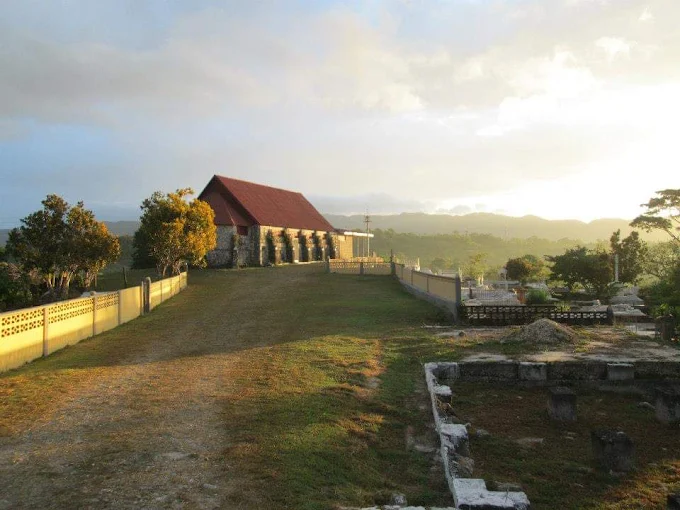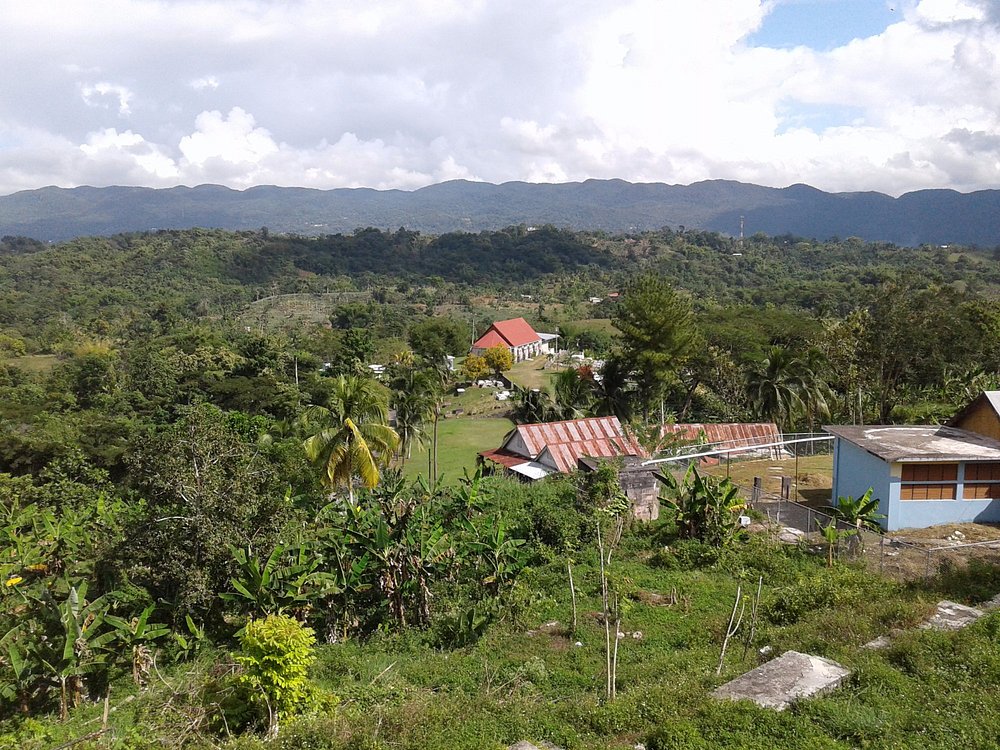Tucked away within the cool hills of Westmoreland is a spot not like every other in Jamaica. Seaford City—higher identified to locals as “German City”—stands as a quiet monument to an uncommon chapter within the island’s post-slavery historical past. With its colonial-era structure, Roman Catholic heritage, and residents with blue eyes and German surnames, Seaford City tells a narrative of hardship, adaptation, and cultural fusion that spans almost two centuries.
An Unlikely Settlement
The founding of Seaford City started within the wake of slavery’s abolition in 1834. With the emancipation of enslaved Africans, plantation house owners feared a collapse of their labour drive. Searching for a brand new resolution, the colonial authorities and personal property house owners turned to Europe—hoping that white settlers might fill the hole and function “examples” of self-discipline and productiveness for the freed inhabitants.
One such landowner was Charles Ellis, 1st Baron Seaford—a pro-slavery British planter and politician who inherited a number of Jamaican estates and owned greater than 1,200 enslaved folks throughout six properties. Nonetheless reeling from the monetary blow of the 1831 Baptist Battle and the following lack of enslaved labour because of emancipation, Ellis donated 500 acres of his Montpelier property in Westmoreland for the creation of a European settlement. Thus, Seaford City was born—named in his honour.
Tough Begin in Jamaica
Between 1834 and 1838, roughly 1,200 German immigrants arrived in Jamaica, most hailing from Westphalia and Waldeck in northern Germany. They included disbanded troopers from mild cavalry regiments, small tradesmen, weavers, and artisans—removed from the expert agricultural labour drive that plantation house owners had hoped for.
In 1835, over 200 of those immigrants had been settled in Seaford City, Westmoreland, on 500 acres of land from Lord Seaford’s 10,000-acre property. Whereas official data describe the land as a present to the federal government, native historian and descendant Delroy Hacker believes it might have been offered and was probably the least fertile a part of the property. The settlers’ begin was harsh.
After arriving by ship from Bremen and disembarking in Studying close to Montego Bay, many had been compelled to stroll 25 miles by means of mountainous terrain to achieve their new residence. Most had been unfamiliar with tropical agriculture and didn’t know what, when, or tips on how to plant. Meals was scarce, and outbreaks of yellow fever and cholera had been devastating. Many didn’t survive.
Over time, nonetheless, the settlers tailored—studying to domesticate bananas, ginger, cocoa, cassava, and low. Some ultimately saved sufficient from ginger gross sales to finance one other migration, this time to america and Canada.
Struggles and Survival
Seaford City’s early years had been marked by isolation, language limitations, and non secular loneliness. Most settlers had been Roman Catholic, however there was no priest. In 1839, a younger catechist named John Bierbusse made the arduous journey to Kingston to hunt assist from the Catholic Church. Whereas a priest would ultimately be despatched, Bierbusse served as lay preacher and schoolmaster within the meantime—holding the delicate neighborhood collectively.
Father Francis Osborne later captured the settlers’ expertise poignantly:
“In an odd land, amongst an odd folks, unable to grasp, they realized the negro patois and forgot their native German after a technology or so. Their youngsters grew up utterly remoted… and misplaced all contact with Germany.”
A college was established within the early years which taught classes in German, however the language has since light. Right this moment, only some aged residents keep in mind fragments similar to “guten tag” or “auf wiedersehen.” Cultural practices like meals and cooking kinds have additionally not survived.

Echoes of Germany
Whereas little German is spoken at present in Seaford City, the remnants of its origins persists. Roman Catholicism stays the dominant faith. The Sacred Coronary heart Church, its rectory, and the adjoining convent—constructed within the nineteenth century—have all been declared nationwide heritage websites.
There was as soon as a small museum housed on the church compound, displaying relics and historic paperwork together with land grants. That museum is now defunct, and the artefacts are within the care of the Jamaica Nationwide Heritage Belief, awaiting the development of a brand new devoted museum constructing. Based on stories, plans are in movement, with land and toilet services already donated, together with assist from the German mission in Jamaica.
The neighborhood’s German heritage can be mirrored in surnames like Hacker, Eldemire, and Schleifer—a few of which have advanced over time. Place names like Manhertz Hole, Bremen Valley, Hessen Fortress and Charlottenburg echo these early European
The Backyard Celebration Custom
In current a long time, Seaford City has battled an unfair popularity. Previous media stories labelled the neighborhood as “misplaced,” with damaging insinuations of poverty and inbreeding. These portrayals damage neighborhood morale and discouraged tourism.
However one custom that continues to uplift spirits is the annual Backyard Celebration, held each Boxing Day on December 26. This all-day celebration kicks off with youngsters’s actions and transitions right into a energetic night occasion for adults.
Organiser Christopher Hacker—higher often known as Fada Chris—describes the occasion as a feast like no different.
“Each form of meals you possibly can consider” is on supply, he says. Entire pigs are roasted, shrimp soup simmers on open flames, and traditional Jamaican dishes movement freely. Guests come from throughout the island and overseas to participate. Since taking up in 2016, Hacker has labored to maintain the custom alive—and everyone seems to be welcome. It’s a celebration price marking in your calendar every year.

A Residing Chapter of Historical past
Seaford City stays one in every of Jamaica’s most unusual communities—fashioned on the intersection of desperation, colonial ambition, and cultural endurance. Although its German language and customs have largely light, the legacy lives on in surnames, structure, faith, and its folks.
Fewer than 100 descendants stay within the space at present, and with every technology, the variety of ancestral residents declines as youthful folks intermarry or transfer away. However delight within the village’s story stays sturdy.
Today, the primary attraction is Fada Chris Endz, a vibrant farm and meals vacation spot owned and operated by Mr. Hacker. Positioned proper in Seaford City, it incorporates a full Jamaican menu, seasonal produce (like plantains, ackee, and coconut), and services for entire pig roasting—a crowd favorite. It’s a celebration of rural Jamaican life with roots in German heritage.
To e book a meals expertise or go to the farm, name 876-843-3080. Value varies relying in your request, but it surely’s nicely well worth the journey into Jamaica’s solely German village.
Don’t go away with out choosing up a bottle of Actual Bee Honey—a wealthy, uncooked honey made by bees that forage on fruit and lumber timber like mango, etioti apple, and guinep. The result’s a naturally fruity, floral flavour that captures the style of Seaford City’s hills. For honey orders, contact Ms. Frances Brown at 876-301-1365.
Cowl picture picture : Seaford City welcome signal by way of insidejourneys.com

